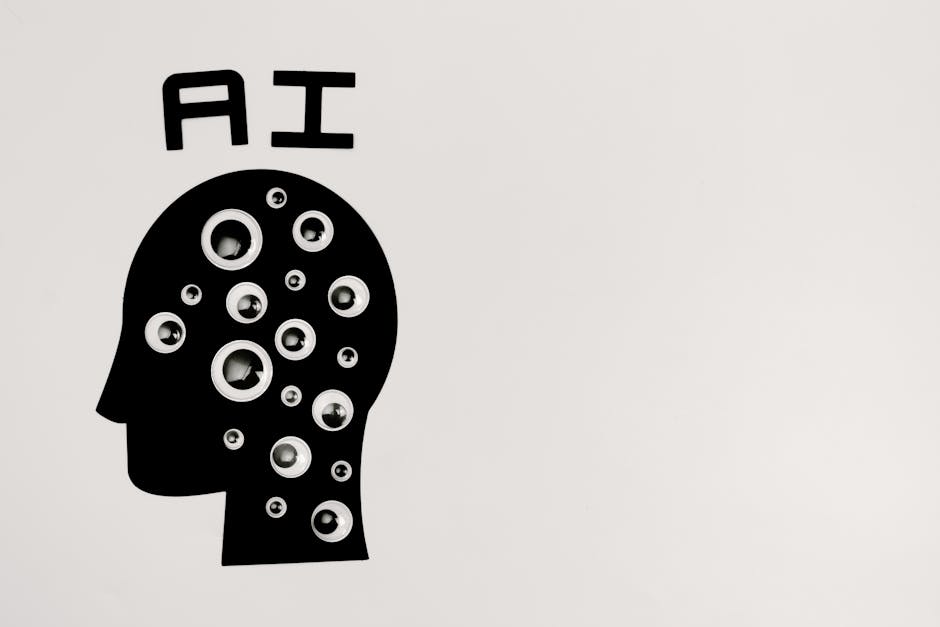
Imagine going in for a routine chest x-ray—perhaps for a cough or a pre-surgical check-up—and unknowingly providing the key to unlock a hidden, silent disease brewing in your liver. This isn’t science fiction; it’s a groundbreaking reality thanks to the power of artificial intelligence. A new study reveals that AI can now detect nonalcoholic fatty liver disease (NAFLD) from standard chest x-rays, a condition that often goes completely unnoticed by human radiologists.
The Silent Epidemic Hiding in Plain Sight
Nonalcoholic fatty liver disease is a silent killer. It affects an estimated 25% of the global population and involves the buildup of excess fat in the liver of people who drink little to no alcohol. For most, it causes no symptoms. But for a significant minority, it can progress to severe inflammation (NASH), cirrhosis, liver failure, and even cancer.
The biggest challenge? Diagnosis. Doctors typically don’t screen for NAFLD unless a patient has specific risk factors or shows abnormal liver enzymes in a blood test. A definitive diagnosis often requires an ultrasound or a biopsy, which aren’t part of routine check-ups. This means millions walk around with a ticking time bomb in their liver, completely unaware.
How AI Achieves the Impossible
So, how can an AI see liver fat on an x-ray designed to look at the heart and lungs? The answer lies in deep learning. Researchers trained a sophisticated AI model on tens of thousands of chest x-rays, linking them to CT scans that could definitively measure liver fat.
The AI learned to identify incredibly subtle patterns and textural changes in the portion of the liver visible at the bottom of a chest x-ray. These are patterns that are virtually invisible to the human eye, which is trained to focus on the lungs, heart, and bones. The AI, free from human bias and limitations, can process these minute details to predict the presence of moderate-to-severe fatty liver with remarkable accuracy.
A Game-Changer for Public Health
This breakthrough has staggering implications for preventative medicine. Consider this:
- Opportunistic Screening: Over 2 billion chest x-rays are performed globally each year for a variety of reasons. This AI could be run in the background on these existing scans, creating a massive, passive screening program.
- No Extra Cost or Risk: It doesn’t require a new procedure, additional cost, or extra radiation exposure for the patient. It simply extracts more life-saving value from a test that has already been done.
- Early Intervention: By catching NAFLD in its earliest stages, patients can be alerted and advised to make crucial lifestyle changes—like improving their diet and increasing exercise—that can reverse the condition before it causes irreversible damage.
While this technology is still in the research phase, it represents a monumental leap forward. It’s a powerful example of how AI can serve as an invaluable partner to doctors, seeing what they can’t and providing a crucial early warning system for one of the modern world’s most common and insidious diseases. Your next chest x-ray might just tell a story far bigger than you ever imagined.

